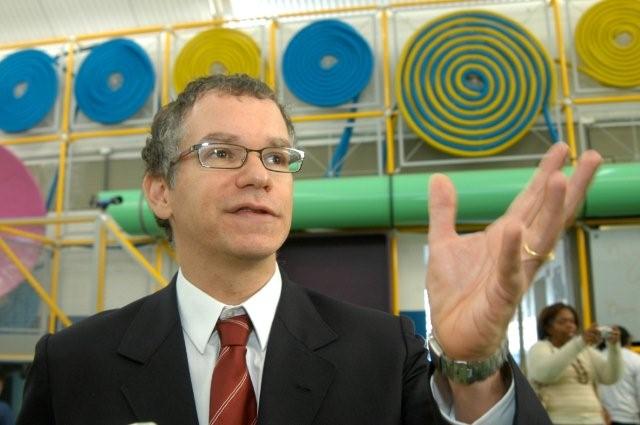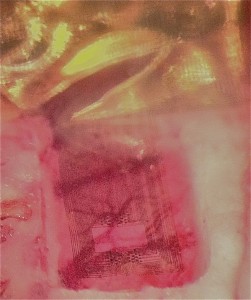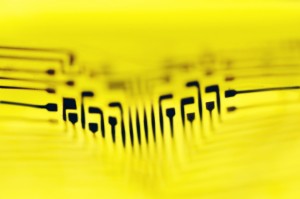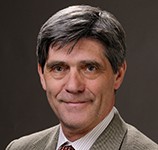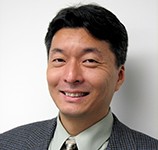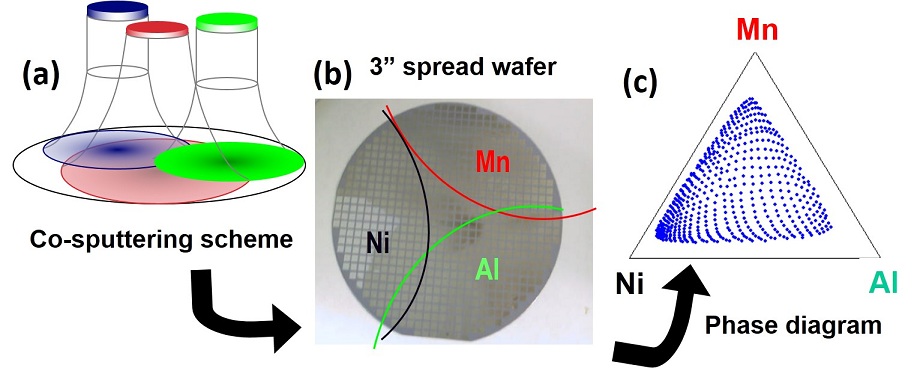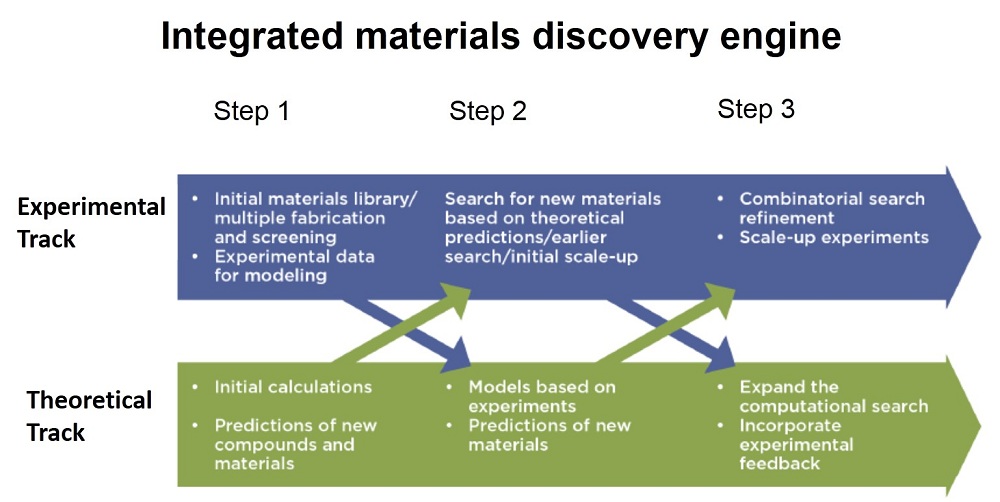The São Paulo Advanced School on Glasses and Glass-ceramics, organized by the Center for Research, Technology and Education for Vitreous Materials (CeRTEV) of the Federal University of São Carlos (UFSCar) was held during August 1-9, 2015, in São Carlos, SP, Brazil. It counted on generous financial support from the São Paulo Research Foundation (FAPESP), the Department of Materials Engineering (DEMa-UFSCar), the Institute of Physics (IFSC)-USP, Brazil, and Owens-Illinois, USA.
The School was widely advertised during 2 months at CeRTEV´s email list of glass researchers, at Klaus Bange´s email list, and on key web sites related to glass research: American Ceramic Society, Society of Glass Technology, International Comission on Glass, Linkedin (glass research and technology groups), Brazilian Ceramic Society, Brazilian Physical Society, FAPESP, SBPMat (Brazil-MRS), as well as in some journals: Nature, ACerS Ceramic Bulletin, and Glass International.
The participants were selected among hundreds of applicants from around the globe. The selection criteria included a thorough analysis of their CVs, recommendation letters, and the scientific standing of their current research group. The large number of applications and the outstanding quality of many of them made this process quite difficult. In the end, approximately 100 highly qualified students from 19 countries were accepted. Among the international participants were 12 from the US, 8 from France, 7 from Germany, 6 from India, 3 from Italy, 3 from Colombia, 3 from Russia, 3 from China, 2 from Canada, 2 from Argentina, 2 from Turkey, 2 from the Czech Republic, and one each from Spain, Finland, Korea, Japan, UK, Portugal and Tunisia, plus about 40 students from Brazil. Twenty extra guest students and professors were allowed to attend the classes. The organizers covered the travel, meals and accommodation expenses of most of the selected PhD students and instructors.
The school program covered several key, state-of-the-art, topics on glass and glass-ceramics, ranging from structural characterization to relaxation, thermodynamics, crystallization, and properties. The program comprised 11 lectures of 2 hours each, and 3 tutorials about the powerful SciGlass database/software – with a free user license for all the attendees during the School days.
The first day started with an overview of the school objectives and the overall plan (delivered by Prof. Edgar D. Zanotto). The second day started with a “fire” session, where the students had a 1 minute to “sell” the highlights of their PhD research work and poster. In the next day, the school was opened with Professor Hellmut Eckert´s lecture on “Glass structure by NMR techniques”, followed by a lecture by Prof. P.S. Pizzani entitled “Glass structure by Raman spectroscopy”. In the afternoon, the students were assembled into groups of five and a challenge was proposed: to develop – under the guidance of an assigned tutor – an original proposal for a postdoctoral research project on a topic related to glass or glass-ceramics, to be presented at the end of the school, as a requirement for their final “diploma”. This day ended with a practical tutorial of SciGlass, coordinated by Dr. Alex Priven. On the fourth day, the school started with Professor Prabhat Gupta´s lecture on “Structural and stress relaxation in glasses”, followed by Prof. J.P. Rino´s lecture on “Dynamic processes in glass by MD simulation”. After lunch, Prof. Zanotto presented the lecture “Nucleation, growth and crystallization of glasses”, which was followed by another SciGlass tutorial session. The fifth day started with a lecture on “Optical properties of vitreous materials” delivered by Prof. Ballato followed by Prof. A. S. S. de Camargo´s lecture “Spectroscopic techniques applied to glasses and glass-ceramics”. In the afternoon the students had a guided visit to several laboratories of the Physics and Materials Engineering Departments of UFSCar. Lectures on “Mechanical properties of glasses” (Prof. V. Sglavo, Italy) and “Mechanical properties of glass-ceramics” (Prof. F. Serbena, Brazil) were presented on the sixth day of the school. After lunch, the students attended the final tutorial class on SciGlass and presented the main results of their PhD work in a 2-hour poster session. On Friday, the 7th day, Prof. A. Ghosh delivered his lecture on “Electrical properties of vitreous materials”. After this lecture, the students were invited to visit the laboratories of the Physics Institute of the University of São Paulo (USP). The afternoon was dedicated to the final discussions about the postdoctoral projects. The 8th day started with the presentations of Prof. Peitl, Marina Trevelin, Clever Chinaglia (all from CeRTEV (Brazil) and Murilo Crovace on “Bioactive glasses and glass-ceramics”. After this presentation, Prof. Osvaldo N. Oliveira Junior gave an overview of FAPESP`s funding opportunities for young researchers’ projects. Profs. Zanotto´s and Eckert´s talks on research opportunities at CeRTEV finished the morning talks. The remainder of the day was dedicated to working on the students´ research proposals, which were then defended during the final day of the conference. All the 18 presentations were of very high quality and very interesting research ideas were proposed. Many professors and attendees commented that they will likely build on some of these ideas in their own future research! The school ended with Prof. Zanotto´s and Eckert´s farewell speeches and acknowledgements. The lectures and other information can be downloaded from http://www.certev.ufscar.br/g-cc-brasil.
The vast majority of received feedback indicates that the school was a great success and should be repeated. This was likely one of the largest short courses focusing on glass education worldwide. We are confident that the attendees have benefitted greatly from the information and perspectives presented at this school and that they will return home to their on-going research projects with inspiration and new ideas. We hope to remain in touch with these future leaders in academic and industrial glass research, to develop collaborations and joint research projects with them and their advisors in the future.
M. R. B. Andreeta, A. C. M. Rodrigues, E. D. Zanotto and H. Eckert
CeRTEV (www.certev.ufscar.br), São Carlos, SP, Brazil




